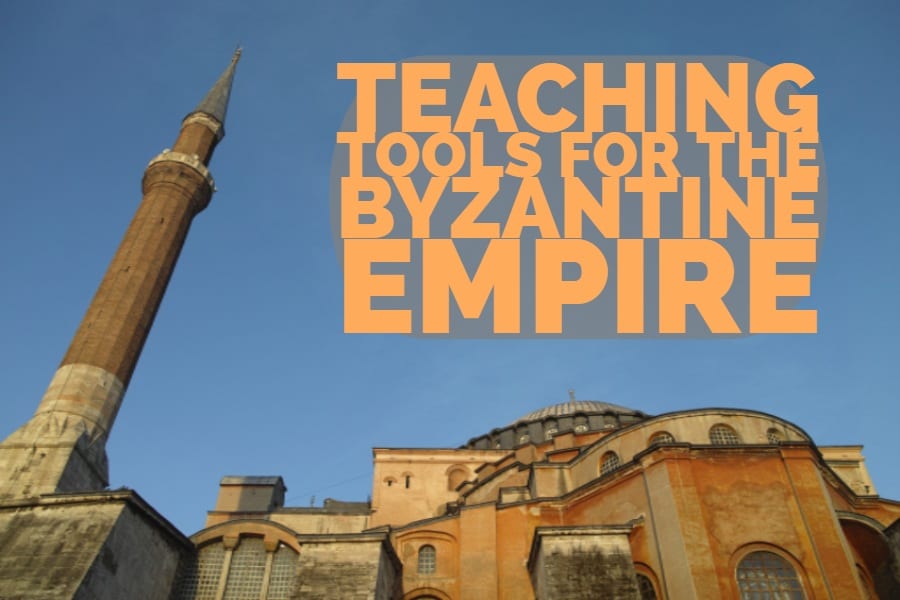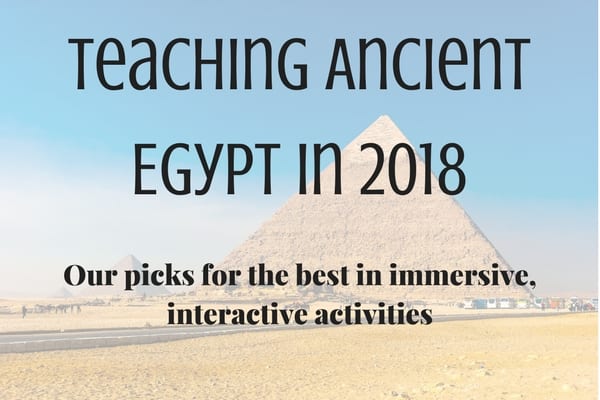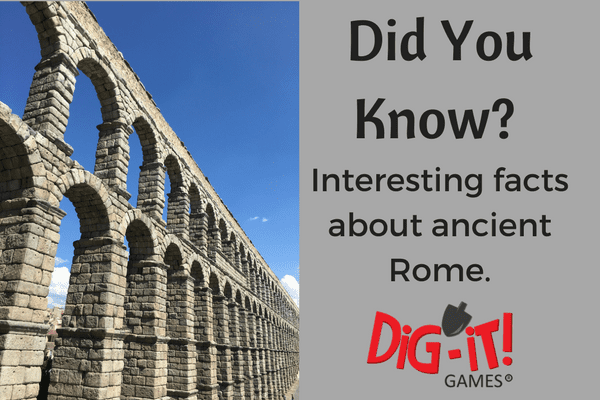Teaching Tools for the Byzantine Empire
In the late 400s AD, the Roman Empire came to an end after a long time of fracture and fragmentation. What survived after the fall became known as the Byzantine Empire or Eastern Roman Empire. While certainly not as famous as Rome, the Byzantine Empire wielded formidable power up to the Middle Ages in Europe. Today, it remains an important part of world history curriculum. However, what are some teaching tools that can be used to get students excited about learning Byzantine history?
Check out this list of resources to discover new ways to spice up lesson plans!
Artifacts & Museums

While actually taking students to a museum can be difficult, many museums put their collections online where they are easily viewed. Using these artifacts, teachers can encourage their students to do research about ancient civilizations and learn about the culture by drawing conclusions about their stuff.
The Met provides essays about the history as well as the art of the Byzantine Empire. Along with its provided writing, the website hosts online features from Helen Evans on the art of the time. Students explore the artifacts and receive additional information on the development of art from an expert.
The Museum of Byzantine Culture in Greece provides an English site complete with pictures of their collection. The museum’s collection numbers more than 46,000 artifacts which date from the 2nd to the 20th century. Students can take close up looks at the detail in some of the pieces as well as read the history and use of each one.
Lesson Plans and Teacher Materials
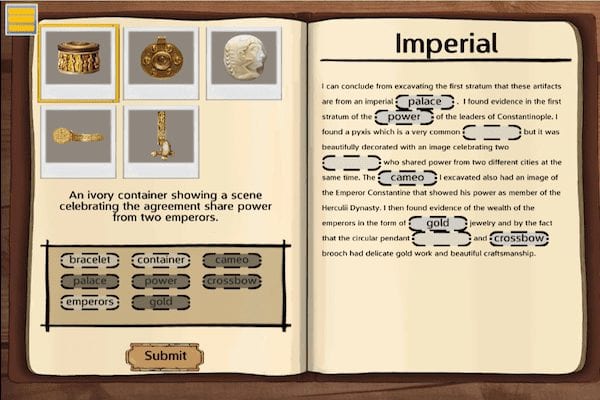
Mr. Donn is a great source for all units of world history, the Byzantine Empire being no exception. His website offers free powerpoints, maps, and templates which can be helpful for putting together lessons on the subject.
If you want to focus on one aspect of Byzantine history in particular, we recommend Justianian and Theodora. These two are the most famous leaders of the empire. As part of one of our series of Women’s History Month blogs, we collected resources for teaching about powerful female leaders of history. Theodora featured on this list. For lessons about her, head over to that blog to get the resources you need.
Multimedia Teaching Tools
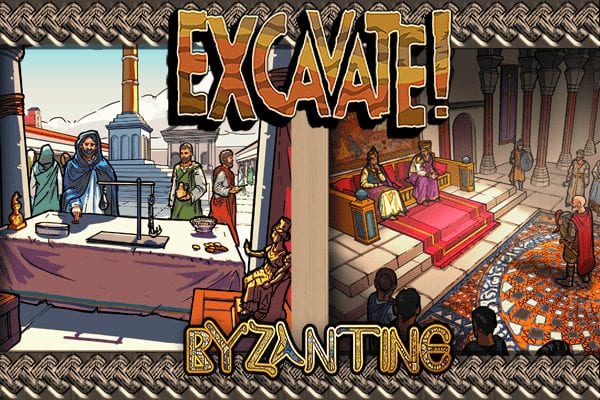
To really bring something engaging to lessons, consider making use of videos or games to draw in student interest. By mixing traditional lecture with these media sources, all kinds of learners are served and can connect with the material. Otherwise, they miss out or stay uninterested.
Extra History makes awesome series on all sorts of topics, but they have entire playlist of Justinian and Theodora, the two most famous rulers of the empire (as previously mentioned). In addition to their policies and reforms, the videos cover their origins and more personal aspects of their stories.
Of course, our own Excavate! Byzantine just came out recently, and it serves as a great tool for teaching about the daily lives of Byzantine citizens. Students dig up artifacts and analyze them in order to draw conclusions about Byzantine culture. This includes religion, economy, home life, and governmental structure. Apply C3 skills in this middle school social studies game that brings the ancient civilization of the Byzantine Empire to life through archaeology. For your convenience, Excavate! Byzantine works for Apple, Android, and HTML5.
Additionally, all the Excavate! games come with supporting teacher materials for using the games in class. For a complete lesson, make sure to check out the Teacher Guide, Artifact-Based Questions, and Inquiry Analysis Questions.
Hopefully, these resources will help in putting together new lessons on the Byzantine Empire for middle school students. If you have any questions about our products, know that you can always contact us.

